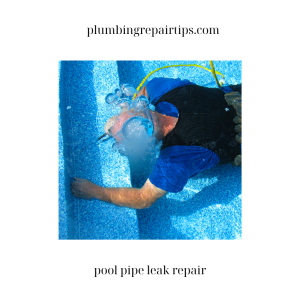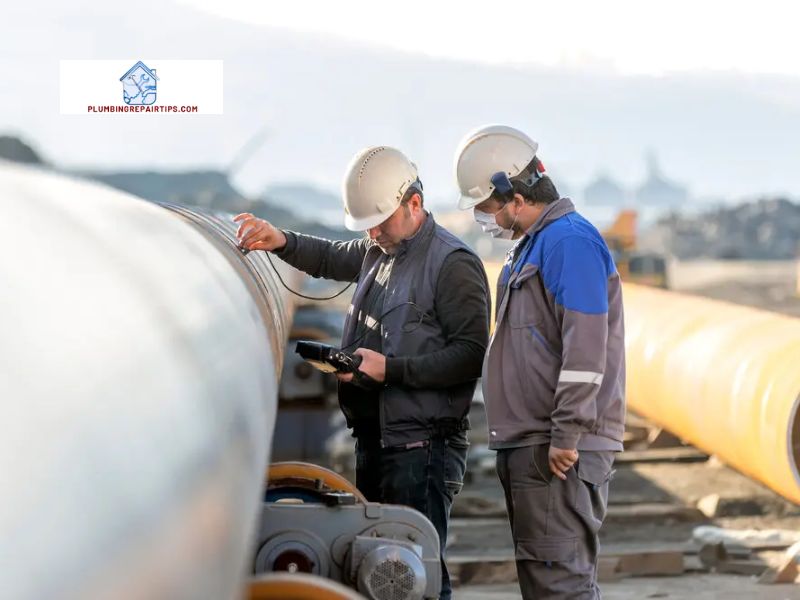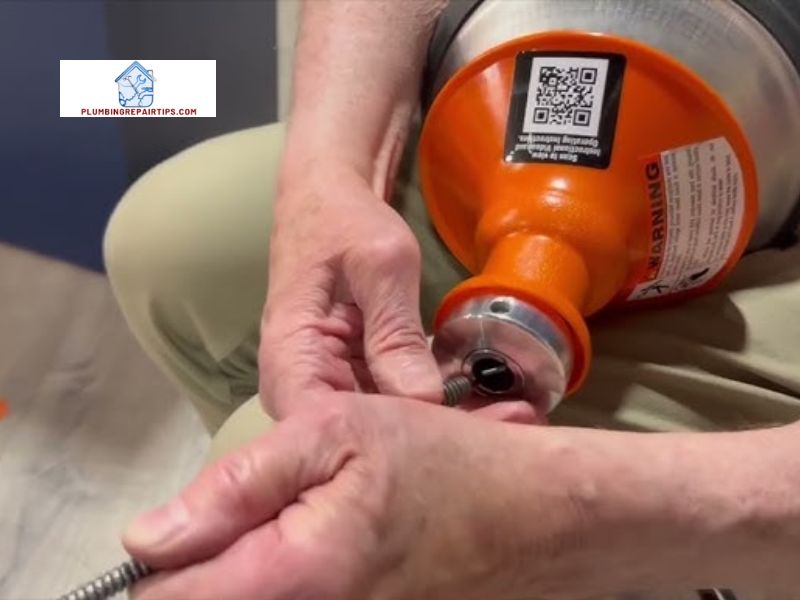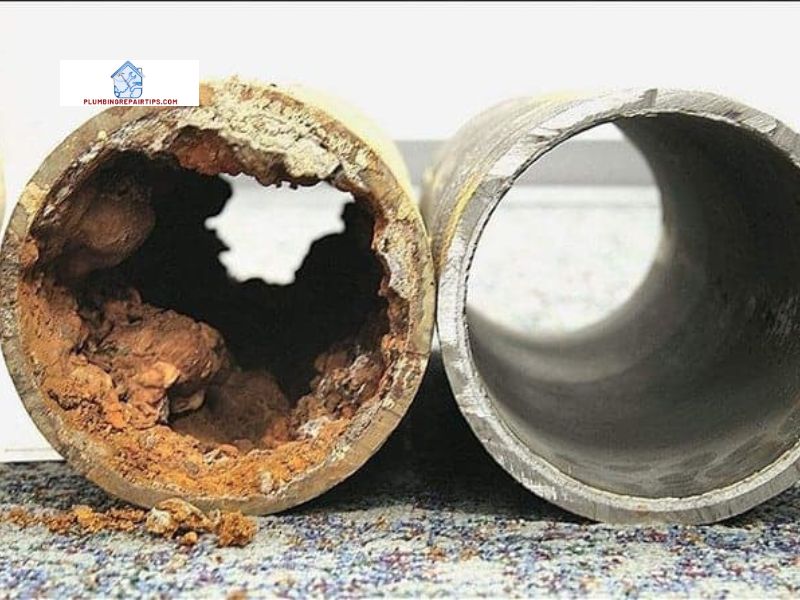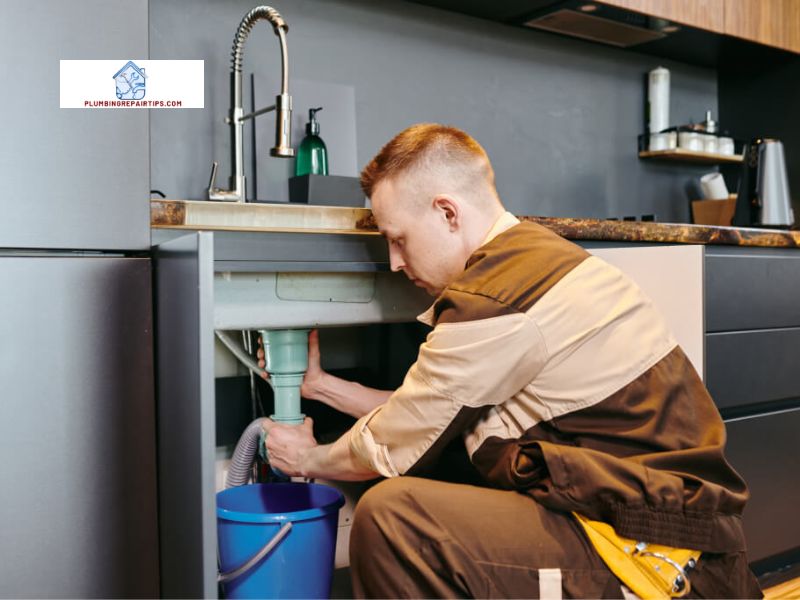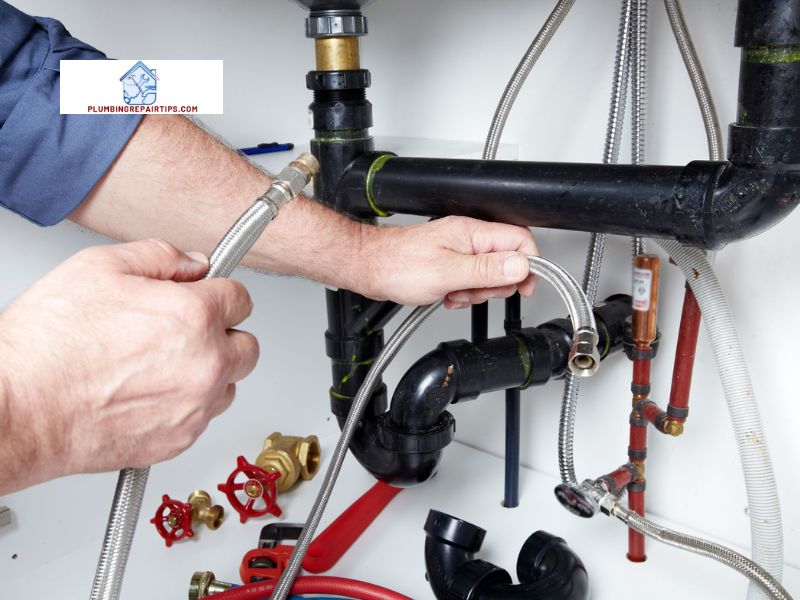Introduction
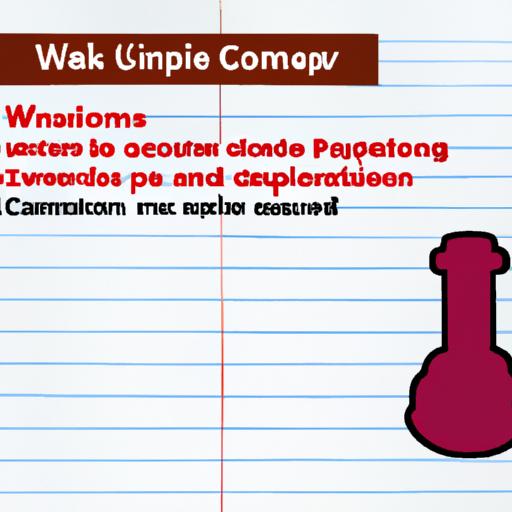
When it comes to plumbing systems, compression valves play a crucial role in controlling water flow. These valves, commonly found in faucets, toilets, and other plumbing fixtures, ensure the smooth operation of your plumbing system. However, what happens when these essential components start to leak? In this guide, we’ll delve into the world of compression valve leaks, exploring their causes, troubleshooting steps, and effective solutions to address the issue promptly.
A. Explanation of Compression Valves and their Role in Plumbing Systems
Compression valves are devices designed to regulate water flow by compressing a rubber or plastic seal against a valve seat. This compression creates a watertight seal, preventing leaks when the valve is closed. The proper functioning of compression valves is essential for maintaining a leak-free plumbing system, ensuring efficient water usage and preventing potential damage.
B. Importance of Addressing Compression Valve Leaks Promptly
A leaking compression valve might seem like a minor inconvenience, but ignoring it can lead to significant problems down the line. The constant drip or seepage not only wastes water but can also cause water damage, mold growth, and even structural issues if left unattended. Moreover, a leaking valve can also result in higher water bills, adding unnecessary costs to your household expenses.
To prevent these complications and ensure the longevity of your plumbing system, it is crucial to address compression valve leaks promptly. By identifying the causes, troubleshooting the issue, and implementing effective repairs, you can regain control over your plumbing system and avoid further damage.
Now that we have laid the groundwork, let’s dive deeper into understanding the causes of compression valve leaks and the signs to look out for.
Understanding Compression Valve Leaks
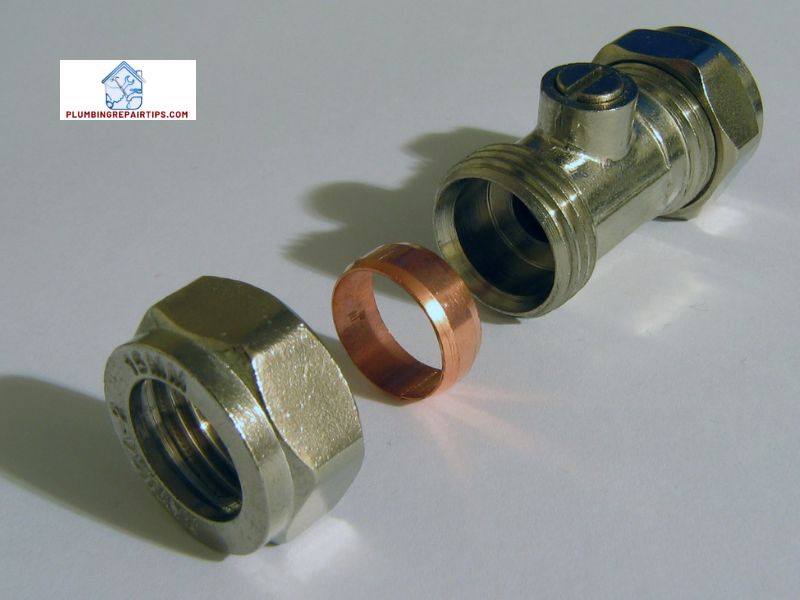
A. Causes of Compression Valve Leaks
Compression valve leaks can stem from various factors. One common cause is worn-out or damaged seals. Over time, the rubber or plastic seals within the valve can degrade, resulting in leaks. Another culprit could be loose or improperly tightened compression fittings. If the fittings are not secured tightly, water can escape through the gaps.
Additionally, mineral deposits and sediment buildup can cause leaks by interfering with the proper functioning of the valve. These deposits can prevent the seal from fully closing, leading to water seepage. It’s also essential to consider the age of the valve itself. Older valves may have worn components or corrosion, increasing the likelihood of leaks.
B. Signs and Symptoms of a Leaking Compression Valve
Identifying a leaking compression valve is crucial for timely intervention. Some common signs to watch out for include a constant drip or trickle of water from the valve, visible moisture or water stains around the valve, or even a hissing sound when the valve is closed. Additionally, if you notice a sudden increase in your water bill without any apparent explanation, it could be a sign of a hidden compression valve leak.
C. Potential Consequences of Ignoring a Compression Valve Leak
Neglecting a compression valve leak can have serious consequences. Apart from the wastage of water and the associated financial implications, the continuous presence of moisture can lead to mold growth and water damage. If the leak occurs near wooden structures or flooring, it can weaken the structural integrity over time. Moreover, the persistent leak can strain your plumbing system, potentially causing further issues with other valves or fixtures.
Understanding the causes and signs of compression valve leaks is the first step toward resolving the issue. In the next section, we will discuss troubleshooting techniques to help you identify the source of the leak and take appropriate action.
Troubleshooting a Leaking Compression Valve
Compression valve leaks can be frustrating, but with the right troubleshooting techniques, you can identify the source of the problem and take appropriate measures to fix it. Here’s a step-by-step guide to help you troubleshoot a leaking compression valve:
A. Step-by-step Guide to Identifying the Source of the Leak
- Turn off the water supply: Before you begin troubleshooting, it’s important to turn off the water supply to the affected fixture. This will prevent any further leakage and make it easier to identify the source of the leak.
- Inspect the compression nut: Start by examining the compression nut, which connects the valve to the water supply line. Check for any visible signs of damage, such as cracks or corrosion. Tighten the nut if it appears loose, but be cautious not to overtighten, as it may cause more damage.
- Examine the valve seat: The valve seat is the area where the compression seal comes into contact when the valve is closed. Inspect the seat for any signs of wear, debris, or mineral buildup. Use a clean cloth or brush to remove any obstructions that may be causing the leak.
- Check the compression seal: The compression seal, often made of rubber or plastic, is responsible for creating a watertight seal. Inspect the seal for any cracks, tears, or signs of deterioration. If it appears damaged, it may need to be replaced.
B. Tools and Equipment Required for Troubleshooting
To effectively troubleshoot a leaking compression valve, it’s helpful to have the following tools and equipment on hand:
- Adjustable wrench or pliers: These tools will allow you to tighten or loosen the compression nut securely.
- Clean cloth or brush: Used to clean the valve seat and remove any debris or mineral buildup.
- Replacement compression seal: If the seal is damaged, having a replacement on hand will expedite the repair process.
- Pipe thread sealant tape: This tape can be used to create a tight seal when reassembling the valve components.
C. Common Issues and their Corresponding Solutions
- Loose compression nut: If the compression nut is loose, simply tightening it with an adjustable wrench or pliers may solve the leak issue.
- Damaged valve seat: If the valve seat is damaged, it may need to be repaired or replaced. Consult a professional plumber for assistance in addressing this issue.
- Worn or damaged compression seal: If the compression seal is worn or damaged, it will need to be replaced. Ensure you have a replacement seal of the correct size and material to ensure a proper fit and seal.
By following these troubleshooting steps and using the necessary tools, you can effectively identify the source of the leak and take appropriate action to resolve the issue. In the next section, we will explore the process of fixing a leaking compression valve in detail.
Preventative Measures for Compression Valve Leaks
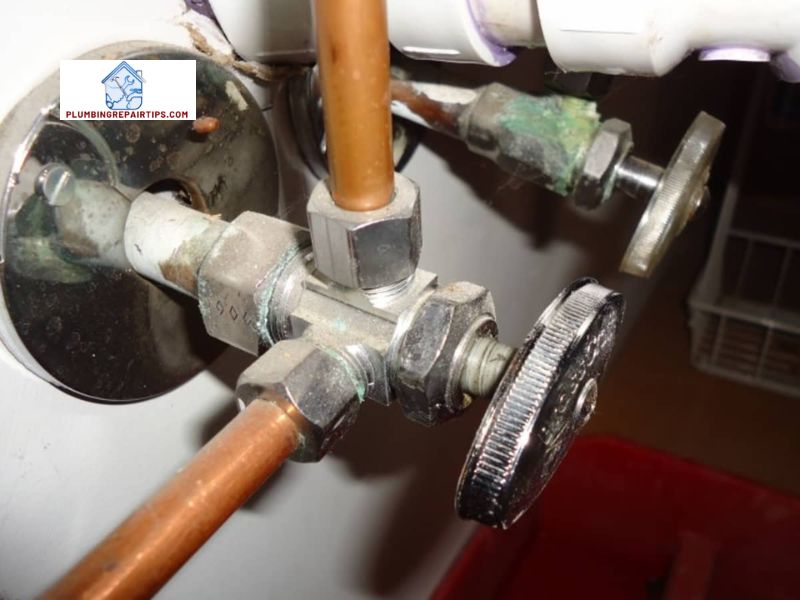
Prevention is always better than a cure, and when it comes to compression valve leaks, taking proactive measures can save you time, money, and frustration in the long run. By implementing regular maintenance practices and ensuring proper installation, you can significantly reduce the likelihood of encountering leaks. Let’s explore some preventative measures to keep your compression valves in optimal condition.
A. Regular Maintenance Practices to Avoid Leaks
- Inspect and Clean: Regularly inspect your compression valves for any signs of wear, corrosion, or buildup. Clean the valves and surrounding areas to remove any debris or mineral deposits that could affect their performance.
- Check for Tightness: Periodically check the tightness of compression valve connections. If you notice any looseness, use a wrench to tighten them gently. However, be cautious not to overtighten, as it may cause damage.
B. Tips for Proper Installation of Compression Valves
- Select High-Quality Valves: Invest in high-quality compression valves from reputable manufacturers. Quality valves are less prone to leaks and offer better durability.
- Use Proper Techniques: Follow proper installation techniques when installing compression valves. Ensure the fittings are clean, and use the plumber’s tape or thread sealant to create a secure and watertight connection.
C. Best Practices for Extending the Lifespan of Compression Valves
- Avoid Excessive Force: When operating compression valves, avoid applying excessive force. Gentle turning and gradual opening and closing can help prevent valve damage and leaks.
- Monitor Water Pressure: High water pressure can strain compression valves, leading to leaks. Install a pressure regulator or consider a whole-house water pressure reduction system to maintain optimal pressure levels.
By implementing these preventative measures, you can minimize the chances of compression valve leaks and prolong the lifespan of your plumbing system. However, if leaks do occur, it’s essential to know how to troubleshoot and fix them effectively. Let’s move on to the next section, where we will explore troubleshooting steps and repairs for compression valve leaks.
Conclusion
In conclusion, when it comes to a compression valve leaking, swift action is necessary to prevent further damage and ensure the efficient operation of your plumbing system. By understanding the causes and signs of a leaking compression valve, you can promptly troubleshoot and address the issue.
Remember, preparing for the repair process is crucial to ensure a successful resolution. Gather the necessary tools and materials, and follow the detailed instructions provided to repair or replace the compression valve. Additionally, incorporating tips and tricks for a successful repair can make the process smoother and more efficient.
Prevention is always better than cure, so make sure to practice regular maintenance and proper installation techniques to avoid compression valve leaks in the first place. By adopting these best practices, you can extend the lifespan of your compression valves and maintain a leak-free plumbing system.
At plumbingrepairtips.com, we understand the importance of addressing compression valve leaks promptly. That’s why we strive to provide you with comprehensive guides and expert advice to tackle plumbing issues head-on. Remember, a small leak today can lead to significant problems tomorrow, so don’t delay in taking action.
By taking control of compression valve leaks, you can safeguard your home, save money on water bills, and ensure the smooth functioning of your plumbing system. So, roll up your sleeves, gather your tools, and let’s fix those leaking compression valves once and for all!
Remember, at plumbingrepairtips.com, we’re here to help you every step of the way.
